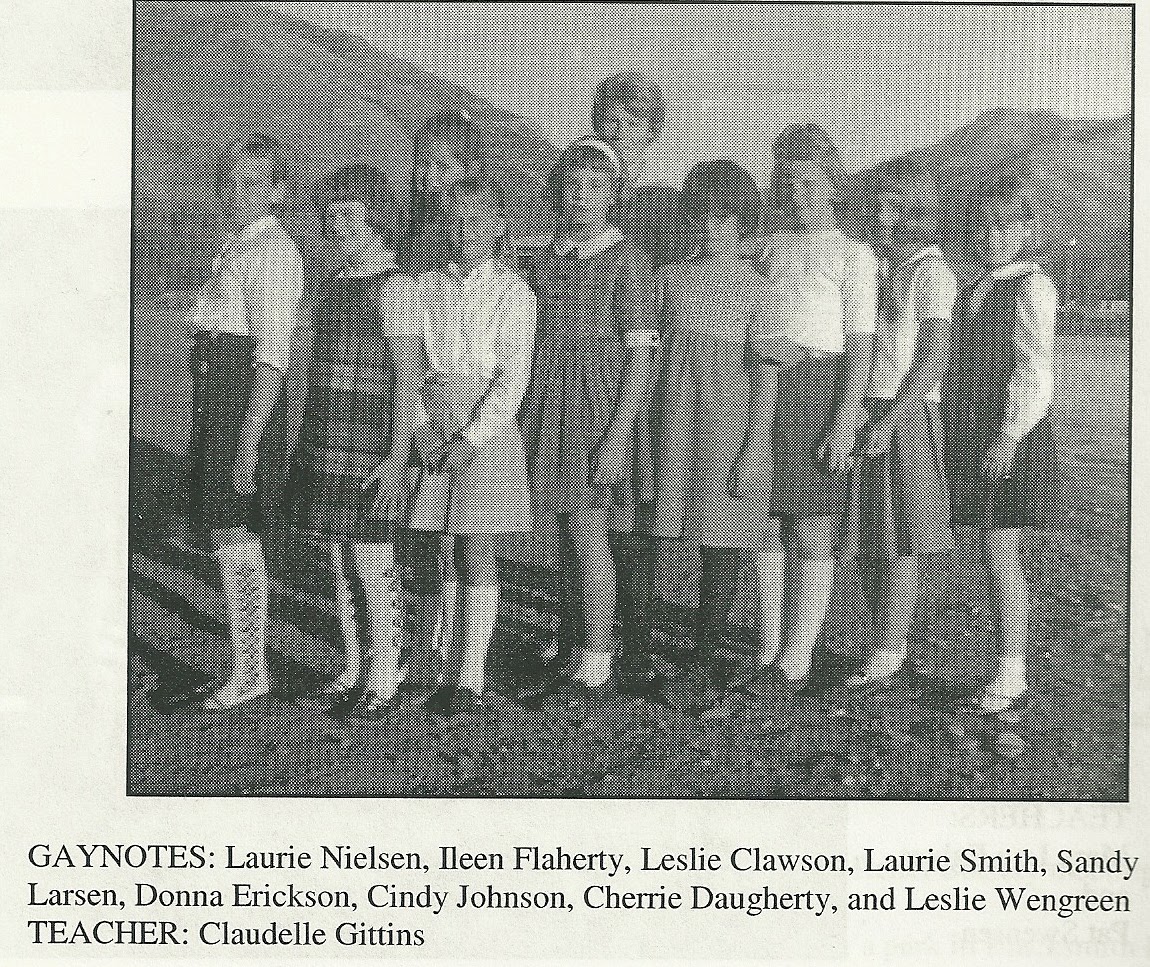Silly Billy
One day Silly Billy, our hero, went to lunch with Sheri Bearie,
Our very, very beautiful frilly filly from the upper crusty wusty.
That, to Silly Billy, was very, very hairy scary wary--
Because his hawking talking skills were rusty, dusty and crusty.
He thought, “A flower bower I could have used, or maybe a hilly lily
Because I’m klutzy whatsy with the cocky talkie walky.”
In the pit of his jelly-belly
there were frilly willies.
He felt sickly icky, and his conversation was rocky, balky.
He had a stone bone in his gut, which gave him an unwelly belly.
Yes, our hero, Silly Billy felt tremendously tizzy dizzy.
His legs were terribly bobbly, wobbly, like smelly jelly,
And his head was bounding, pounding, sounding like a busy fizzy.
“Help, I’ve a cockeye butterfly, in my throat, yucky
stucky,”
Breathed our macho Camacho in a freaky squeaky
Voice, like a lisper whisper all gucky plucky,
With fairly no spare square air support, just leaky screaky squeaky.
But his frilly filly girlfriend was no ordinary willy dilly.
She knew the slick Heimlich trick and applied it to Billy’s jelly-belly.
She went push, push, swoosh whoosh on the naval of Silly Billy.
And that cockeye butterfly shot out like a smelly deli selemi (err salami).
So our zero hero was saved by the frilly filly
And he felt weirdly cheery in his now welly jelly-belly.
So he opened his mouth to cockily jockey talkie, did our Silly Billy.
But nothing came out, for his crainy brainy was absentee and pretty
empty.
The end (or is it the beginning.)
I’ll never tell.
Love, Billy
.JPG)




